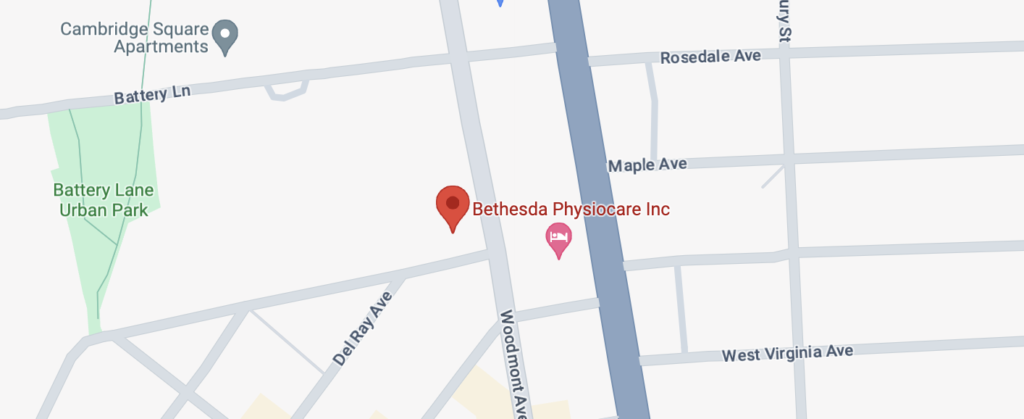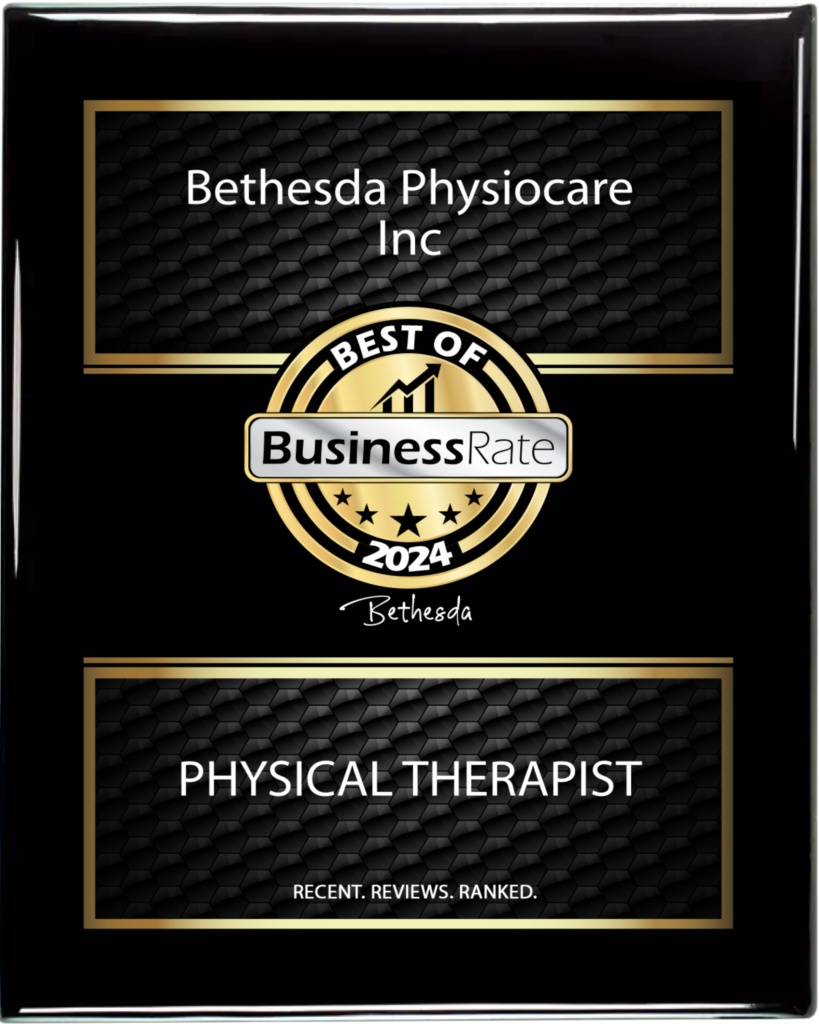
The shoulder joint is super mobile, incredibly versatile, and allows for a wide range of motion. This little ball and socket joint allows for a fastball, an overhead throw, a chin-up, an uppercut, a butterfly stroke, behind the neck press, handstands, and multiple other movements performed by people every day.
From performing extension, flexion, abduction, adduction, rotation, and more, the joint makes our life easier and our movement more efficient, but there is sometimes a price to pay for that much mobility. That price comes in the form of stability.
The soft tissue structures surrounding the joint are also responsible for much of the shoulder’s movement. Shoulder instability is common because of this natural tendency for the shoulder to move or repeated use or injury to cause trauma. Shoulder pain is very common among adults and contributes to a significantly reduced quality of life. Some occupations that involve repetitive motions or bad posture also contribute to shoulder pathology and pain, which affects up to 18 to 26% of the population.
There is a long list of common shoulder issues (too many to cover in one article). What are some of the most common and what is the role of physical therapy? Let’s look at frequently suffered shoulder pains.
A Quick Overview of Shoulder Anatomy and Common Ailments
The glenohumeral joint (shoulder joint) is an intricate synovial joint that joins the upper limbs to the axial skeleton. In other words, it connects your arms to your upper body. It is the joint’s structure that is both its power and its potential downfall. It is the joint’s structure that allows for it to commonly “pop out.” This phenomenon is commonly referred to as either a subluxation or when it is complete a dislocated shoulder.
The ball joint of the upper arm fits into a shallow socket. In some instances, the ligaments and tendons surrounding this joint can tear or stretch out too much. Shoulder instability can result from trauma or injury, but not always.
The main components that make up the shoulder joint include:
The bones: Typically, the shoulder is called a ball and socket joint that is held together by the clavicle. The bones involved in the joint include:
- The scapula
- Humerus
- Clavicle
To be complete, since the clavicle attaches to the sternum, the sternoclavicular joint must also be considered with shoulder stability.
The ligaments: These connect one bone to another bone. Ligaments are tough and flexible. The ligaments involved in the joint include:
- The coracohumeral ligament
- Glenohumeral ligaments
- Coracoacromial ligament
Muscles: there are many shoulder muscles that together provide more active stability to the joint. Four specific muscles make up the rotator cuff muscle group:
- Supraspinatus
- Infraspinatus
- Teres minor
- Subscapularis
There are many other shoulder muscles that do not belong to the rotator cuff group, such as the
- Deltoid
- Teres major
- Pectoralis major and minor
- Latissimus dorsi
- Biceps
- Triceps
- Coracobrachialis
The tendons: Tendons consist mostly of collagen and elastin and form the connective tissue that connects a muscle to a bone. They can withstand tension.
What is a Dislocation or Subluxation of the Shoulder Joint?
The shoulder joint is the most often dislocated joint because of its multi-directional movement. There are two ways people can experience significant shoulder instability:
- A shoulder subluxation: The humerus or upper arm partially slides in and out of place temporarily.
- A shoulder dislocation: This occurs when the humerus comes all the way out of the glenoid (think of the ball separating from the socket) and usually slides to the front of the shoulder
Common Causes of Dislocated Shoulder
People suffer from a dislocated shoulder for many reasons. Sometimes it is a result of a force or trauma. It can also result from systemic hypermobility as seen with Hypomobility Spectrum Disorders or Ehlers Danlos Syndrome. Other times, it is caused by overuse and improper form while performing certain exercises. Many athletes suffer from shoulder dislocation because of their respective sport. Common causes include:
- Sports injuries
- Trauma or other blunt force
- Falls
At the same time, people with instability of the shoulder may often experience their shoulder “give way” without any trauma or injury, but commonly associated with certain movements like throwing a ball overhead. When a dislocation happens and the person experiences numbness of the arm, discoloration of the arm, or a cold feeling, it can indicate there has been damage. So, it’s best to get the shoulder checked out right away.
Treatment of a Dislocated Shoulder
Once the shoulder has been reset and restored back to its original position in the socket by a medical professional, rehabilitation can begin. Full recovery varies by individual and the severity of the injury or dislocation. People often experience pain for the first few days and gradually feel better.
Typical exercise approaches will often include:
Range of Motion exercises: Immediately following the dislocation, the shoulder will likely be placed in a sling. As you begin to recover, the therapist assesses the tissues that need to be strengthened to protect you from another tear. Keeping the joint active also prevents it from getting too stiff and actually hampering recovery.
Scapula Control: The shoulder blade functions as a base and foundation for the entire arm and much of the movement done by your shoulder. Maintaining strong muscles of the back and scapula can help protect people that suffer from shoulder instability.
Strengthening of the rotator cuff: Reinforcing your rotator cuff is an integral part of maintaining strong shoulders. Rotator cuff injuries are very common and strengthening those muscles is effective in letting people return to their daily activities with minor discomfort.
Stabilization exercises: People that have instability of the shoulder can often benefit from performing dynamic stabilization exercises. By working on stability, people enhance reaction time and stabilization when dealing with external forces or other movements.
Suffering from Shoulder Pain? Physical Therapy Guides You Through Recovery
The shoulder joint is complicated. Because of its ability to perform a wide array of tasks, the shoulder can also suffer from many different directions. Bethesda Physiocare treats and manages an array of shoulder pain and issues.
The good news is that many shoulder ailments can often be treated without surgery. At the same time, physical therapy helps with rehabilitation for those that have had shoulder surgery.
Want to learn more about what we do? Call Bethesda Physiocare today.



